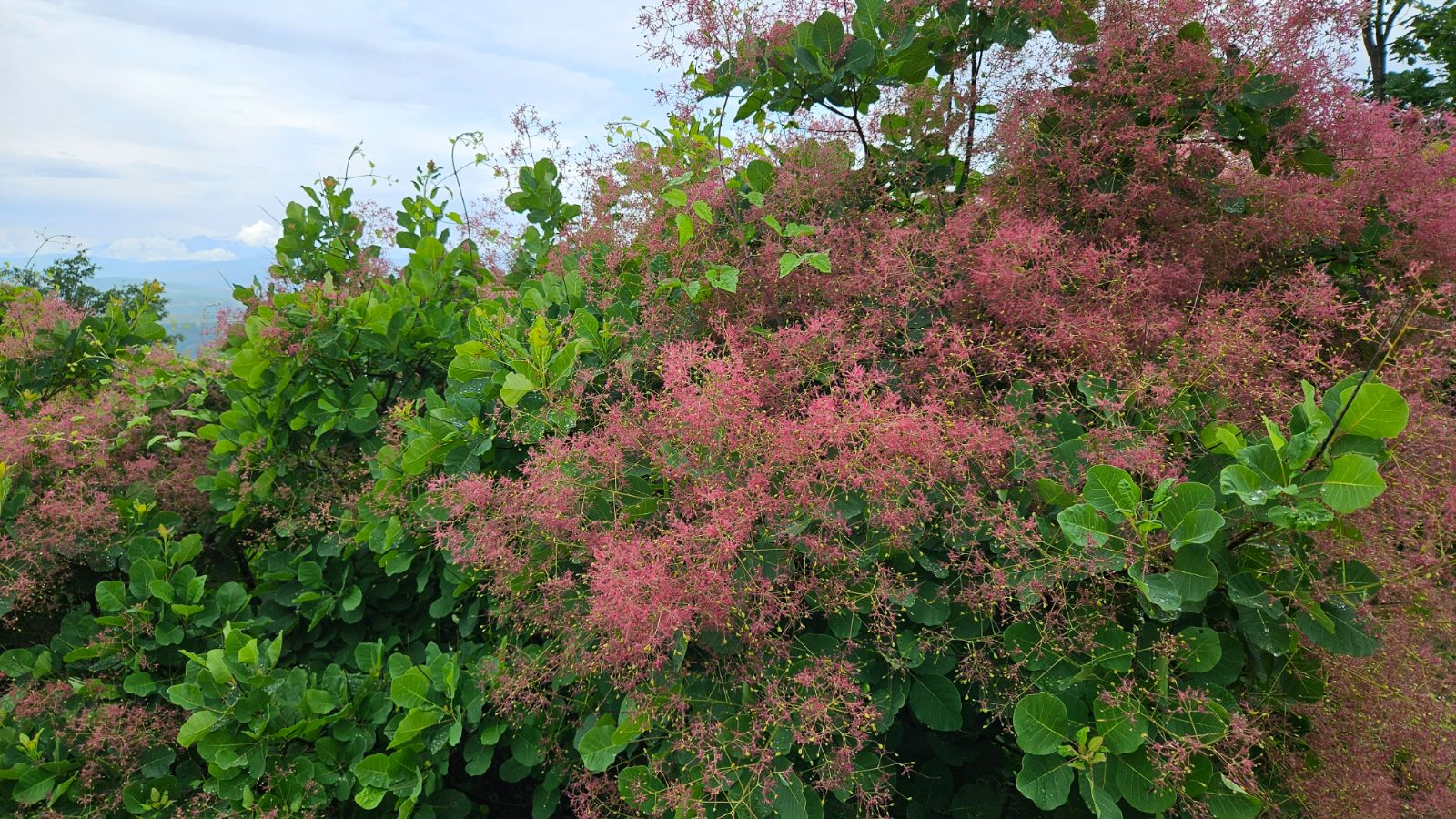Cotinus
Credits
Article from Bean's Trees and Shrubs Hardy in the British Isles
Recommended citation
'Cotinus' from the website Trees and Shrubs Online (treesandshrubsonline.
Family
- Anacardiaceae
A genus of two species long included in Rhus, from which they are easily distinguished by their simple leaves and by their fruiting panicles having long, thread-like, plumose ‘stalks’, which are in fact the elongated pedicels of sterile flowers. One species is from Europe and Asia; the other from eastern N. America.


